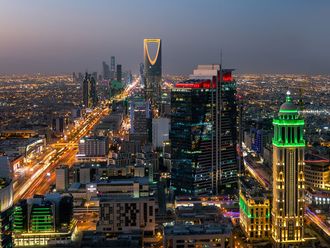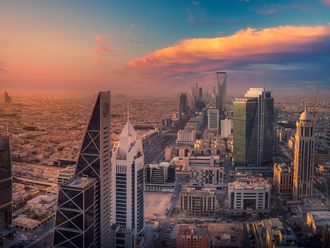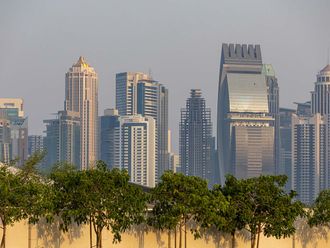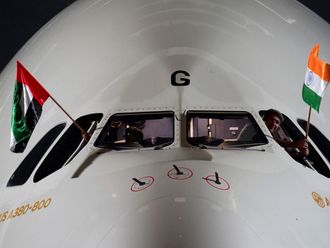Mumbai : Although uncertainties cloud the outlook for world equities, the smart money is poised to chase shares in India where the economy is gathering steam and the authorities are stepping up plans to accelerate investment in infrastructure.
Data last week showed factory output in March expanded an annual 13.5 per cent to register the sixth straight month when growth has been more than 10 per cent. It is the second-fastest rise among major economies, behind only China which logged 17.8 per cent jump in April.
Consumer spending is gaining momentum in India on the back of rising incomes, with salaries set to grow at the fastest pace in Asia-Pacific this year.
This is boosting demand for a wide range of items, from houses to consumer durables.
Underscoring demand
Car sales in April leapt 39.5 per cent, the biggest rise in 11 years for the usually subdued month, underscoring robust demand.
Policymakers led by Montek Singh Ahluwalia, the deputy chairman of the Planning Commission, last week approved a plan to raise Rs500 billion fund to invest in roads, bridges, ports and power.
New Delhi aims to tap foreign pension and insurance funds to collect about 40 per cent of the corpus and it could kick-off next month.
India has doubled its target for infrastructure spending to $1 trillion in the five years beginning 2012, to help build expressways and boost electricity output that has been a drag on growth.
The government wants to lift annual growth of the $1.3 trillion economy to 10 per cent or more from an expected 8.6 per cent in 2010-11, but for this to happen a complete overhaul of the creaking infrastructure is essential.
"This is the time to grab companies that will benefit from the planned spending," equity trader Devesh Kumar, said. "Engineering, construction, steel, cement and heavy machinery makers are some that can be targeted."
Another reason to plough money into the stock market is signs of inflation easing, which could head off another interest rate increase in the near term, he said.
Annual wholesale price inflation in April was 9.6 per cent, below March's 9.9 per cent and an upwardly revised 10 per cent in February. While the rise in food and fuel prices remain in double digits, manufacturing inflation that is worrying the central bank dropped to 6.70 per cent from 7.13 per cent in March.
On Friday, the government said the annual four-month monsoon will make landfall slightly early.
Driest spell
The rains, which are crucial for crops and farm output are forecast to be near normal this year after the driest spell in almost four decades in 2009.
The India Meteorology Department said monsoon clouds would appear over the Andaman Sea next week and move to the mainland ahead of the June 1 start date.
"The model suggests the date of onset of south-west monsoon over Kerala is likely to be on May 30, with a model error of four days," it said in a statement.
Good rains will improve the outlook for agriculture and cool food inflation.
The Reserve Bank of India (RBI), which has raised key rates by half a percentage point since mid-March to cool inflation pressures, could go slow on further tightening with the euro zone debt problems highlighting the fragile nature of the world economy.
"There is a recognition that the risks associated with more stronger action are high and we would rather not take those risks," Subir Gokarn, a deputy governor of the RBI said.
The crisis in Europe and the austerity measures being put in place will impact Indian exports and probably foreign portfolio inflows, but policymakers do not see any big fallout here.
The writer is a journalist based in India.












